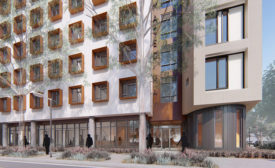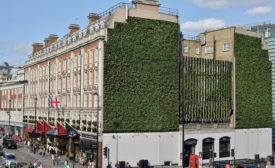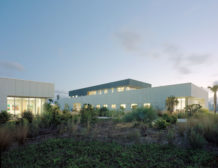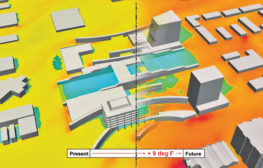Articles by Peter Fairley
Continuing Education: Post-Occupancy Evaluations
Feedback Loop: With a frequent gap between predicted and actual performance, post-occupancy evaluations begin to catch on.
Read More
Converging Networks
As building-control apps go mainstream, home-automation providers explore wireless options.
Read More
Copyright ©2025. All Rights Reserved BNP Media.
Design, CMS, Hosting & Web Development :: ePublishing





